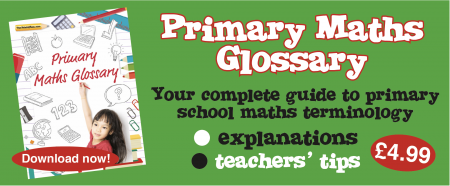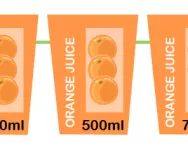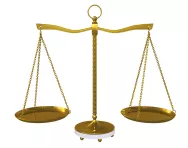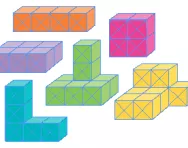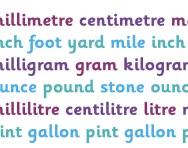Important update from TheSchoolRun
For the past 13 years, TheSchoolRun has been run by a small team of mums working from home, dedicated to providing quality educational resources to primary school parents. Unfortunately, rising supplier costs and falling revenue have made it impossible for us to continue operating, and we’ve had to make the difficult decision to close. The good news: We’ve arranged for another educational provider to take over many of our resources. These will be hosted on a new portal, where the content will be updated and expanded to support your child’s learning.
What this means for subscribers:
- Your subscription is still active, and for now, you can keep using the website as normal — just log in with your usual details to access all our articles and resources*.
- In a few months, all resources will move to the new portal. You’ll continue to have access there until your subscription ends. We’ll send you full details nearer the time.
- As a thank you for your support, we’ll also be sending you 16 primary school eBooks (worth £108.84) to download and keep.
A few changes to be aware of:
- The Learning Journey weekly email has ended, but your child’s plan will still be updated on your dashboard each Monday. Just log in to see the recommended worksheets.
- The 11+ weekly emails have now ended. We sent you all the remaining emails in the series at the end of March — please check your inbox (and spam folder) if you haven’t seen them. You can also follow the full programme here: 11+ Learning Journey.
If you have any questions, please contact us at [email protected]. Thank you for being part of our journey it’s been a privilege to support your family’s learning.
*If you need to reset your password, it will still work as usual. Please check your spam folder if the reset email doesn’t appear in your inbox.
How do you 'convert into the same units'?
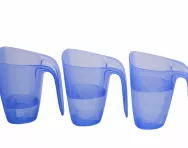
How do you 'convert into the same units'?
Children learn about measuring weight, capacity (volume of liquid) and length throughout their time at primary school.
In Year 1 they use non-standard units to compare measurements, such as measuring length with their hand spans, weighing objects on a balance in comparison to piles of blocks or using a certain cup to measure how many cupfuls of water make up the capacity of another container.
In Year 2 children start to use standard units, so grams and kilograms for weight, millilitres and litres for capacity and metres and centimetres for length.
In Year 3 children need to understand the relationship between units of measurement, so they need to know the following: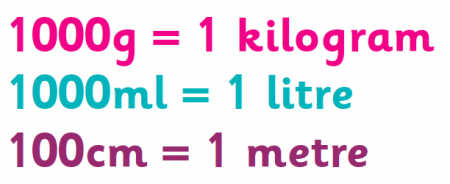
The knowledge then prepares them for being able to convert between units of measurement in Year 4 and Year 5, so if they are given the following measurements: 1400g, 600ml and 150cm they would know how to convert these into 1.4kg, 0.6 litres and 1.5m.
Converting between units of measurement in KS2
Children in upper Key Stage 2 will often need to solve word problems involving measures that require them to convert one measurement so that both measurements are in the same unit, for example:
I am 1.2m tall. My sister is 85 cm tall. How much taller am I than my sister?
Usually, a child would convert 1.2m to 120 cm and then would easily be able to work out the difference between 85cm and 120cm (which is 35cm).
In Year 6, children need to convert between units using decimals to three places, so they may come across a problem like the following:
I have 2.45 litres of orange juice. I pour 500ml of orange juice out and drink it. How much do I have left?
To work this out, it is likely a child would need to convert 2.45 litres to 2450ml, then subtract 500ml from this to make 1950ml.
In Year 6 children might also be asked to convert between imperial and metric units of measurement.
Children need a lot of practice with converting units of measurement. There can be some confusion over the fact that grams and millilitres deal in thousands and centimetres deal in hundreds. It is a really good idea for children to become confident with how many millilitres, grams and centimetres are in a litre, kilogram and metre in Year 4. (This may need lots of testing, little and often!)
